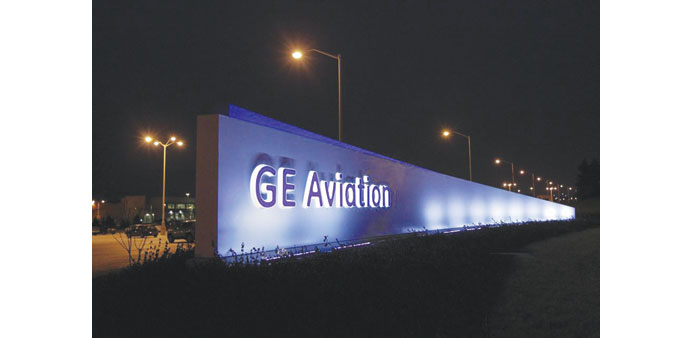Reuters
Las Vegas
GE Aviation said yesterday it had teamed up with Textron Aviation to produce an all-new turboprop aircraft and engine for the general aviation market, part of an effort GE expects will generate up to $1bn in annual sales of engines by around 2020.
GE Aviation, a unit of General Electric, said its so-called advanced turboprop engine takes aim at a widely used engine by United Technologies unit Pratt & Whitney known as the PT6, which has dominated the small turboprop market for 50 years, and has produced 51,000 units.
GE said it plans to invest up to $1bn in the project, including $400mn for a manufacturing centre in Europe.
The venture with a unit of Textron is aimed at producing an all-new single-engine aircraft seating up to 12 passengers, the companies said. The target range and speed are in excess of 1,500 nautical miles and 280 knots, according to Textron.
GE said Textron’s decision to develop an all-new aircraft using the engine allowed GE to justify the engine investment. Textron, maker of Cessna, Beechcraft and Hawker airplanes and Bell helicopters, is the largest user of small turboprop engines.
The new engine will use technology proven on GE’s larger jetliner and military engines and adapt it to an engine suitable for single and twin-engine general aviation aircraft and helicopters, said Brad Mottier, head of GE business and general aviation.
“Our plan is to create a family of engines like Pratt successfully did, and we’re talking to other airframers now,” he said in a interview.
Mottier said the engine would have up to 1,650 horsepower, burn 20% less fuel than the competing PT6, and generate 10% more thrust at cruising altitude, in part because of integrated computer control of both the propeller and engine.
GE began the effort by purchasing Walter Engine, a turboprop engine maker in the Czech Republic, and began talking with airframe makers about four years ago. GE already is producing a smaller PT6 competitor known as the H80, with up to 850 horsepower.
“We’ve been working with airframers around the world to see if we could design an engine that would create essentially a new class of aircraft because frankly, if we didn’t bring something significantly different or better, why would the airframers change engines,” Mottier said.

GE says it plans to invest up to $1bn in the project, including $400mn for a manufacturing centre in Europe.


